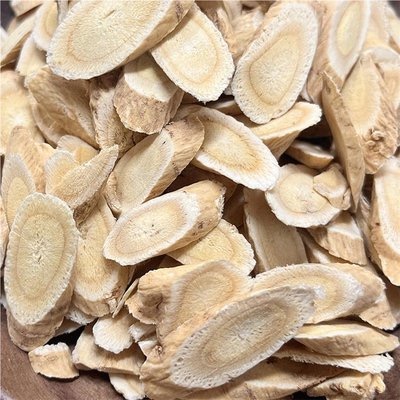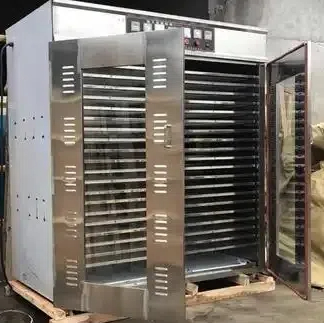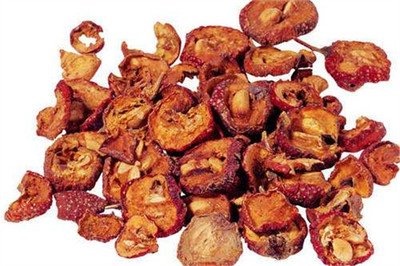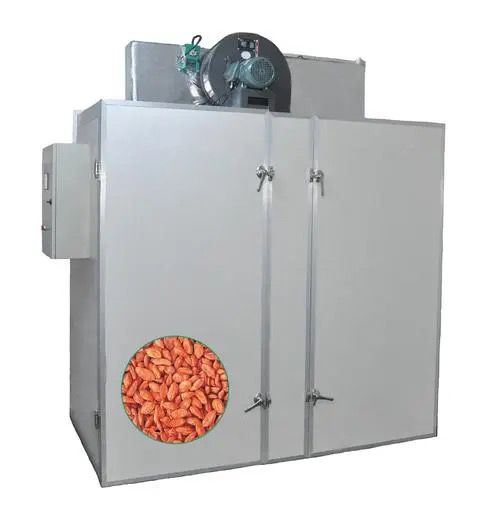
Content Menu
● Introduction
● Benefits of Heat Pump Dryers in Food Drying
● The Process of Food Drying with Heat Pump Technology
● Applications of Heat Pump Dryers in the Food Industry
● Nutritional Benefits of Dried Foods
● Conclusion
● Frequently Asked Questions
>> 1. What types of food can be dried using heat pump dryers?
>> 2. How does the drying time compare to traditional methods?
>> 3. Are heat pump dryers energy-efficient?
>> 4. What are the environmental benefits of using heat pump dryers?
>> 5. Can heat pump dryers be used for home food drying?
Introduction
Food preservation is a critical aspect of food safety and sustainability. Among various methods, drying is one of the oldest and most effective techniques to extend the shelf life of food. With advancements in technology, heat pump dryers have emerged as a revolutionary solution for food drying, offering numerous benefits over traditional methods. This article explores the advantages of using heat pump technology in food drying, detailing its process, applications, and nutritional benefits.

Benefits of Heat Pump Dryers in Food Drying
Heat pump dryers are designed to be energy-efficient, cost-effective, and environmentally friendly. They utilize a closed-loop system that recycles hot air, significantly reducing energy consumption compared to conventional drying methods. This efficiency translates into lower utility bills for users, making heat pump dryers an attractive option for both commercial and home applications.
Moreover, heat pump dryers have a minimal environmental impact. By consuming less energy, they contribute to a reduced carbon footprint, aligning with global efforts to combat climate change. The versatility of heat pump dryers allows them to handle a wide range of food products, from fruits and vegetables to meats and herbs, making them suitable for various drying needs.
Another significant advantage is the gentle drying process that heat pump technology offers. Unlike traditional methods that can expose food to high temperatures, heat pump dryers operate at lower temperatures, preserving the quality, flavor, and nutritional value of the food. This gentle approach minimizes the risk of nutrient loss, ensuring that dried foods retain their health benefits.
The Process of Food Drying with Heat Pump Technology
The operation of a heat pump dryer involves several key steps. Initially, the food is placed in the drying chamber, where warm, dry air is circulated. The heat pump extracts moisture from the air, condensing it into water, which is then removed from the system. This process continues until the desired moisture content is achieved.
Compared to traditional drying methods, heat pump dryers offer several advantages. For instance, sun drying can be weather-dependent and may take several days, while oven drying can lead to uneven results and nutrient loss. Heat pump dryers provide a controlled environment, ensuring consistent drying results regardless of external conditions.

Applications of Heat Pump Dryers in the Food Industry
Heat pump dryers are increasingly being adopted in the food industry for their efficiency and effectiveness. Commercial food producers benefit from the ability to dry large quantities of food quickly while maintaining quality. Small-scale producers and home users also find heat pump dryers advantageous, as they can produce high-quality dried foods without the need for extensive infrastructure.
Case studies have shown successful implementations of heat pump dryers in various settings, from fruit and vegetable processing facilities to small artisanal food producers. These examples highlight the versatility and effectiveness of heat pump technology in food drying.
Nutritional Benefits of Dried Foods
One of the primary reasons for drying food is to preserve its nutritional value. Dried fruits and vegetables often retain more vitamins and minerals compared to their fresh counterparts, making them a healthy snack option. For instance, dried fruits are rich in fiber, iron, and potassium, contributing to a balanced diet.
Research indicates that consuming dried foods can offer several health benefits, including improved digestion and reduced risk of certain diseases. By using heat pump dryers, producers can ensure that the nutritional quality of the food is preserved, providing consumers with healthy options.
Conclusion
In conclusion, heat pump dryers represent a significant advancement in food drying technology. Their energy efficiency, environmental benefits, and ability to preserve food quality make them an ideal choice for both commercial and home applications. As the demand for sustainable food preservation methods continues to grow, heat pump dryers are poised to play a crucial role in the future of food drying.

Frequently Asked Questions
1. What types of food can be dried using heat pump dryers?
Heat pump dryers can effectively dry fruits, vegetables, herbs, and meats, preserving their nutritional value and flavor.
2. How does the drying time compare to traditional methods?
While heat pump dryers may take longer than traditional methods, they provide a more consistent and gentle drying process, which can enhance food quality.
3. Are heat pump dryers energy-efficient?
Yes, heat pump dryers are known for their energy efficiency, using significantly less energy than conventional dryers.
4. What are the environmental benefits of using heat pump dryers?
They reduce energy consumption and greenhouse gas emissions, making them a more sustainable option for food drying.
5. Can heat pump dryers be used for home food drying?
Absolutely! They are suitable for both commercial and home use, providing an efficient way to preserve food.












